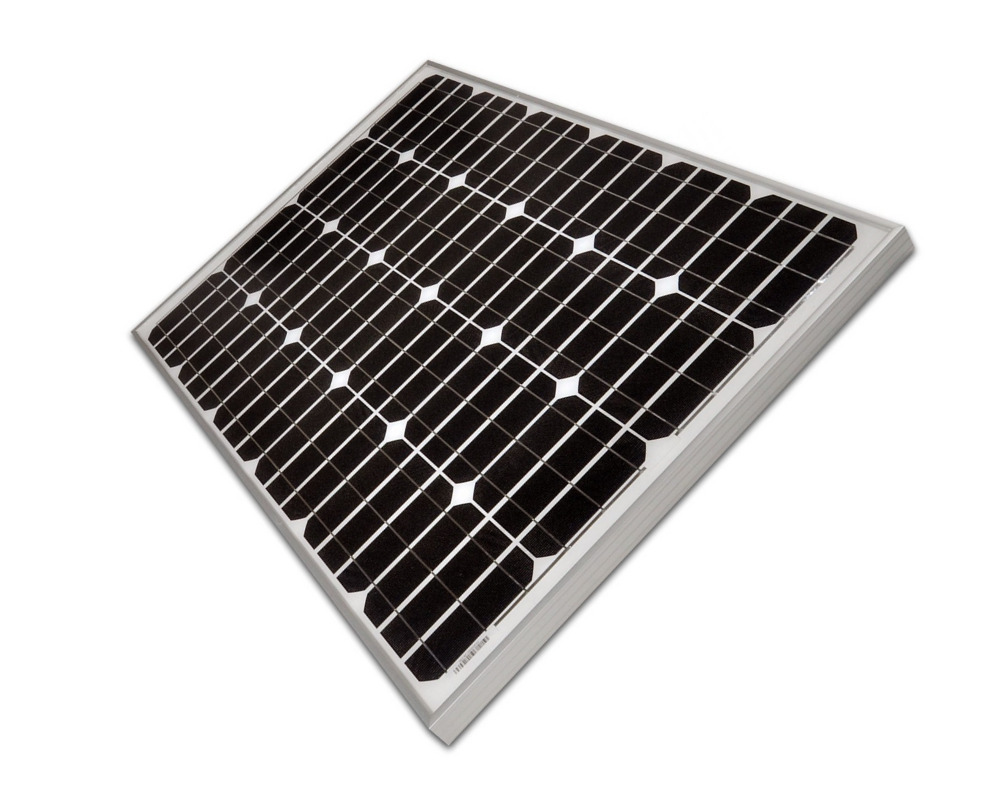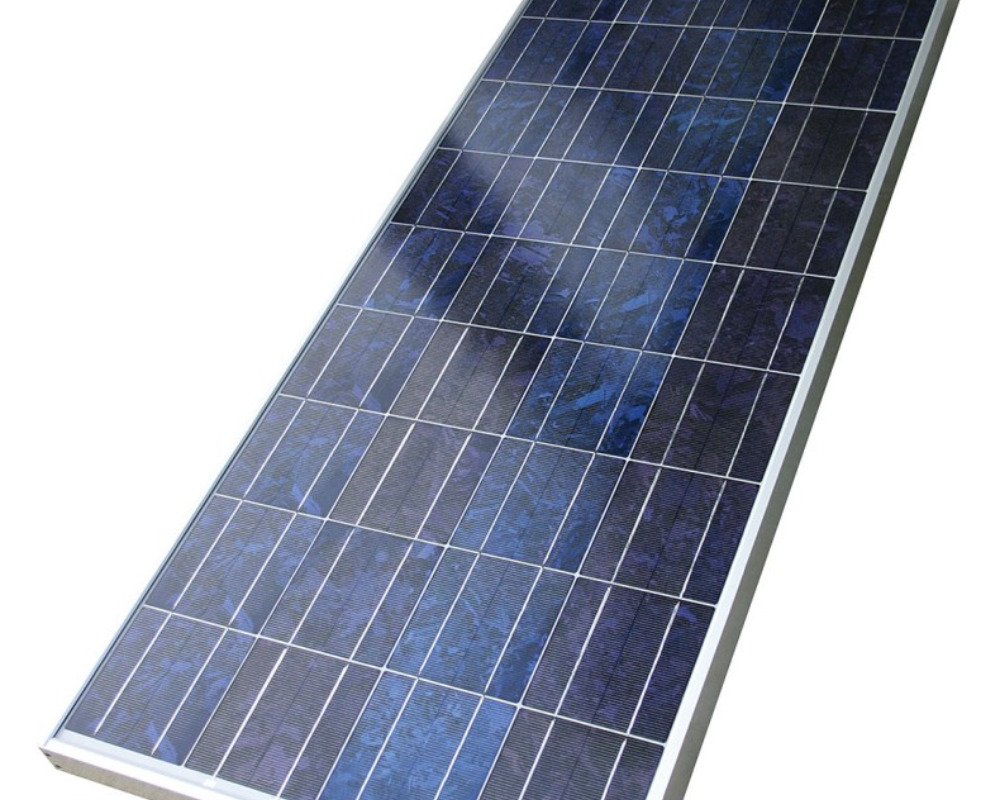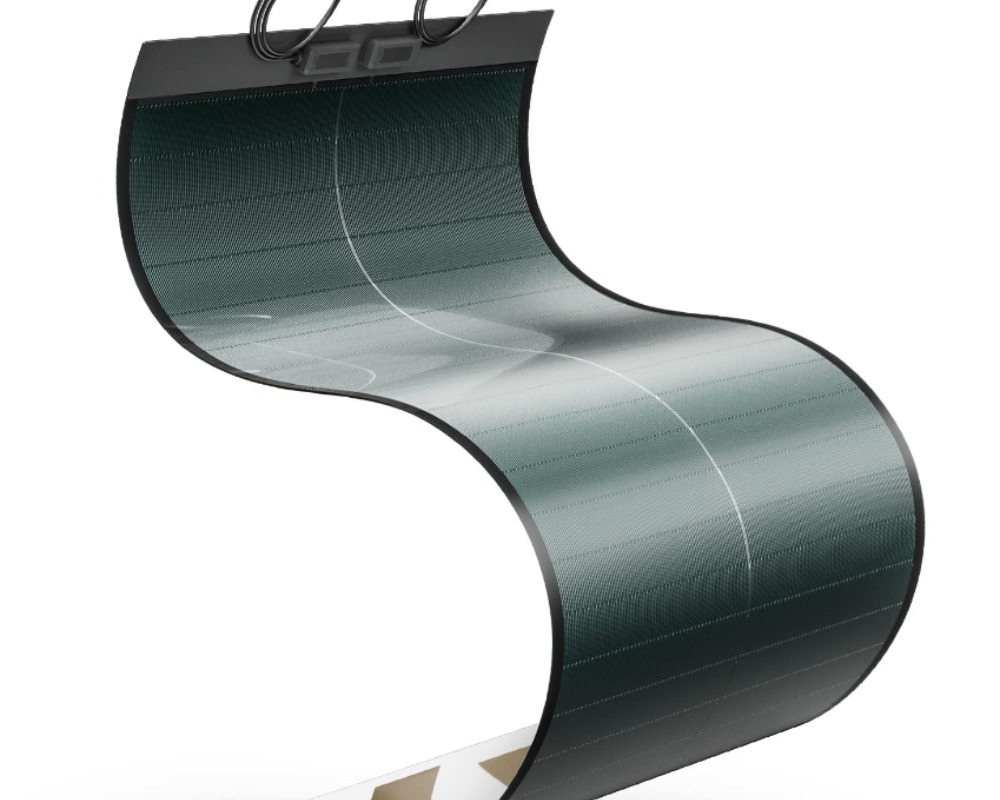Introduction
Harnessing the power of sunlight to generate electricity is no longer science fiction but a reality that millions benefit from today. This blog post delves into the fascinating photovoltaic process that makes this possible, exploring how solar panels convert sunlight into electricity and unlocking the secrets behind this sustainable energy source.
Key Takeaways
| The photovoltaic process involves converting sunlight into electrical energy using semiconducting materials like silicon in PV cells. |
| Semiconductors are a crucial component of solar panels, as they can absorb sunlight and generate electricity through the photoelectric effect. |
| There are different types of solar panels - monocrystalline, polycrystalline, and thin-film - each with advantages and disadvantages. |
| Factors affecting photovoltaic efficiency include temperature, sunlight intensity, duration, incidence angle, and material quality. |
How Solar Power Works: The Photovoltaic Process
Solar power works through the photovoltaic process, which involves converting sunlight into electrical energy using semiconducting materials like silicon.
Composition And Structure Of Solar Cells
Solar cells, also known as photovoltaic (PV) cells, are the building blocks of solar panels. These cells are crucial in converting sunlight into electricity, making them vital components in harnessing solar energy.
At its core, a typical solar cell consists of silicon – a semiconductor material used for its ability to absorb photons efficiently. The use of silicon can be attributed to its abundance and excellent properties for converting sunlight into electrical energy.
A single PV cell has two layers: an n-type layer with extra electrons and a p-type layer with fewer electrons than normal silicon atoms.
In addition to silicon, other materials, such as metal contacts on both sides, allow for efficient current collection from the cell. On top of that lies an anti-reflective coating – this helps minimize reflection losses so more light can enter the cell, thus improving overall efficiency.
The Role Of Semiconductors
Semiconductors are a crucial component of solar panels. They can absorb sunlight and generate electricity through photoelectric effects. The most commonly used semiconductor material in solar cells is silicon due to its abundance and effectiveness in converting light into electricity.
When sunlight hits the surface of a solar cell, photons interact with the silicon atoms within it, knocking electrons loose from their atomic bonds and creating an electrical field that helps collect these freed electrons as current flows.
This process makes semiconductors vital for harnessing renewable energy from sunlight.
Interaction Of Photons With Solar Cells
When sunlight hits the surface of a solar panel, it is absorbed by the cells in the form of photons. These photons interact with the semiconductor material, usually silicon, turning their energy into electrical energy.
This process happens due to an interesting phenomenon called the photoelectric effect, where electrons are emitted from matter when exposed to light radiation. When this happens, free electrons get separated from positively charged holes in their atoms, creating a flow of electricity that can be captured.
The more intense and direct sunlight that hits a photovoltaic cell, the more electrical current it will generate.
Formation Of Electrical Fields
When sunlight particles (photons) interact with solar cells, they give up their energy to the atoms in the semiconducting material. This creates a flow of electrons and holes separated into two regions within each cell.
The interaction of photons and semiconductors results in the formation of an electrical field across these regions.
This process is similar to how a battery works, but instead of relying on chemical reactions for power, photovoltaic cells use natural light to produce an electrical current.
The efficiency with which this process occurs depends on factors like temperature, sunlight intensity and duration, incidence angle, and material quality.
Collection Of Electrical Current
Once the PV cells absorb sunlight, they generate an electrical charge through the photovoltaic effect. This electrical charge is collected by small conductive wires embedded in the cells and then connected to form larger conducting pathways.
The efficiency of this collection process can be affected by various factors such as temperature, sunlight intensity, duration, incidence angle, and material quality.
For instance, high temperatures can reduce efficiency since they increase resistivity, while low-quality materials might not produce enough power even under ideal conditions.
Types Of Solar Panels
There are three common types of solar panels – monocrystalline, polycrystalline, and thin-film.
Monocrystalline

Monocrystalline solar panels are manufactured using a single crystal of high-purity silicon. This panel type is the most efficient and effective as it has fewer impurities, allowing for better electrical flow.
They also have a sleek appearance, with black or dark blue cells that easily blend in with rooftops. Although monocrystalline panels are more expensive than other types due to their manufacturing process, they offer higher energy output per square foot and have a longer lifespan.
Polycrystalline

Polycrystalline solar panels are made from multiple silicon fragments melted together. Unlike monocrystalline cells, they do not require a single crystal of pure silicon.
Instead, manufacturing involves creating ingots by melting raw silicon and then slicing it into wafers.
While polycrystalline modules tend to have slightly lower efficiency rates than monocrystalline ones, they still offer an environmentally friendly and cost-effective alternative for individuals looking to switch to solar power.
Thin-Film

Thin-Film solar panels are made by depositing a thin layer of photovoltaic material, such as copper indium gallium selenide (CIGS) or cadmium telluride (CdTe), onto a substrate material.
They are often called the second generation of solar cells and can be flexible, lightweight, and less expensive than traditional crystalline silicon panels. However, they tend to have lower efficiency rates and require more panel space than their counterparts.
Factors Affecting Photovoltaic Efficiency
Sunlight intensity, temperature, duration, angle of incidence, and material quality all play a crucial role in determining the efficiency of photovoltaic cells.
Temperature
Temperature plays a crucial role in the efficiency of solar panels. When PV cells get too hot, their ability to convert sunlight into electricity decreases. This is why you may notice that your solar panels produce less energy on extremely hot days than cooler ones.
On average, for every degree Celsius above 25°C (77°F), the power output of a solar panel decreases by approximately 0.5%.
One way to combat these temperature-related issues is by incorporating cooling systems into your photovoltaic setup. For instance, water-based thermal cooling systems help regulate temperatures within a specific range and ensure maximum yearly performance.
Sunlight Intensity And Duration
The intensity and duration of sunlight are critical factors in the efficiency of solar panels. The amount of energy the sun releases varies depending on several factors, including time of day, season, and location.
Similarly, less energy is produced during winter, when daylight hours are shorter than in summer. Thus understanding these variations is essential for determining the optimal placement and use of solar panels to maximize their performance.
Solar panel placement should be optimized to obtain maximum exposure to sunlight throughout the day with minimal shading from nearby trees or structures.
Overall, sufficient sunlight intensity and duration play a crucial role in providing enough renewable electricity through photovoltaic cells – which has many economic benefits, such as reducing reliance on non-renewable sources while saving money too!
Angle Of Incidence
The angle of incidence refers to the angle at which sunlight hits a solar panel. Direct sunlight produces more electricity from a solar panel than oblique angles of the sun’s rays.
This is because the photons in sunlight carry less energy when they travel through more atmosphere before reaching the panel. For example, during winter months or early morning or late afternoon hours, the angle of incidence will be lower, which can reduce energy production by as much as 30-40%.
One way to think about this is how you feel standing under a tree canopy on a sunny day – you won’t feel very warm! The same holds for your solar panels – getting hit with direct light allows them to convert those photons into electrical current more efficiently than if they’re angled away from the sun’s beams.
It’s worth keeping in mind, therefore, that even slight shading can dramatically impact system output.
Material Quality
The quality of the materials used in solar panels plays a crucial role in their efficiency and longevity. High-quality materials increase energy output and reduce maintenance costs over time.
One important factor is the purity level of the silicon used for photovoltaic cells.
Another aspect of material quality is durability – solar panels must withstand harsh weather conditions, such as extreme temperatures, wind, rain, snow, and hailstorms.
Finally, other components like wiring cables or junction boxes affect panel performance. High-grade connectors can minimize power loss due to wire resistance and ensure reliable connections between modules.
Advantages Of Solar Power
Solar power is a clean and renewable energy source that helps reduce carbon footprint, lower energy costs, increase energy independence, improve grid stability, and pave the way for a more sustainable future.
Clean And Renewable Source Of Energy
Solar power is a clean and renewable energy source with positive environmental impacts. Unlike non-renewable sources of energy such as coal, oil, or gas, which emit harmful greenhouse gases into the atmosphere when burned, solar energy does not produce any emissions during its operation.
This makes it an ideal solution for reducing carbon footprint and limiting pollution.
Moreover, using solar panels can help to reduce dependence on traditional utility companies while saving money on monthly electricity bills. With more people transitioning to alternative forms of energy like solar power for their homes and businesses, this can lead to increased grid stability over time by reducing demand for centralized facilities.
Reduced Carbon Footprint Using Solar Power
Another major advantage of solar energy is its ability to reduce carbon footprints. Unlike traditional fossil fuels, solar energy does not emit harmful greenhouse gases contributing to climate change.
The production and consumption of conventional energy sources such as coal and oil release massive amounts of carbon dioxide into the atmosphere.
Using solar power instead of burning fossil fuels can help mitigate the devastating effects of global warming caused by human activity. This makes it a cleaner and more sustainable option for powering our homes, businesses, and communities.
Switching to solar energy also reduces dependence on non-renewable resources that will eventually run out one day.
Lower Energy Costs
One of the most significant benefits of solar energy is its potential to lower your energy costs. Once you have installed a solar panel system, you’ll start generating electricity from sunlight that can power your home or business.
The more energy your panels produce, the less you’ll need to buy electricity from your utility company. This will save you money on your monthly electric bill. Additionally, many states offer incentives for using renewable energy like solar power, which can further reduce installation and operating costs.
Increased Energy Independence
Increased energy independence is a significant advantage of using solar energy. By generating electricity from the sun, households, and businesses can become less reliant on traditional power sources. Consequently, they are often subjected to price increases or supply disruptions.
With solar panels installed on the rooftop, homes can generate enough electricity to meet their needs, substantially reducing reliance on the grid during peak hours. This lowers energy costs and provides an additional layer of security against blackouts or other electrical disruptions.
Furthermore, if the system produces excess energy, it can store it in batteries for later use when there’s no sunlight available.
Improved Grid Stability
Solar energy can also improve grid stability by reducing the reliance on traditional power sources. As more homes and businesses generate their own electricity with solar panels, there is less strain on the electric grid during peak usage times.
This means that blackouts and brownouts are less likely to occur, which benefits everyone who relies on electrical power. Additionally, utilities can decrease their need to construct new transmission lines and substations in remote areas by providing more distributed energy resources (DERs), such as rooftop solar installations or wind turbines.
Conclusion
At DroneQuote, we are passionate about the incredible potential of solar energy and the positive impact it can have on our planet. We hope this blog post has shed light on the fascinating photovoltaic process that enables solar panels to harness sunlight and convert it into clean, renewable electricity. It’s truly remarkable how this sustainable energy source has become a reality that millions benefit from today.
![]()
Want To Start Your Solar Journey?
Ready to join the solar revolution and tap into the power of sunlight for your electricity needs? At DroneQuote, we offer top-notch solar and roofing services to help you seamlessly transition to solar energy. Our team of experienced professionals dedicates itself to providing high-quality installations and exceptional customer service.
Sign up today to schedule a consultation and learn how our expertise can help you unlock the full potential of solar power. Whether you’re considering installing solar panels for your home or business, we’re here to guide you through every process step, from system design to installation and maintenance.
Enjoy the numerous benefits of clean and sustainable energy while reducing your carbon footprint. Together, let’s embrace the future of energy and positively impact our environment.

[…] as an energy source. Nearly a century later, it led scientists to develop the first practical photovoltaic (PV) cell in Bell […]
[…] feel like a daunting task. Did you know that one of the most affordable choices in this market is polycrystalline solar panels? This article will unpack the pros and cons of these cost-effective power producers, providing you […]